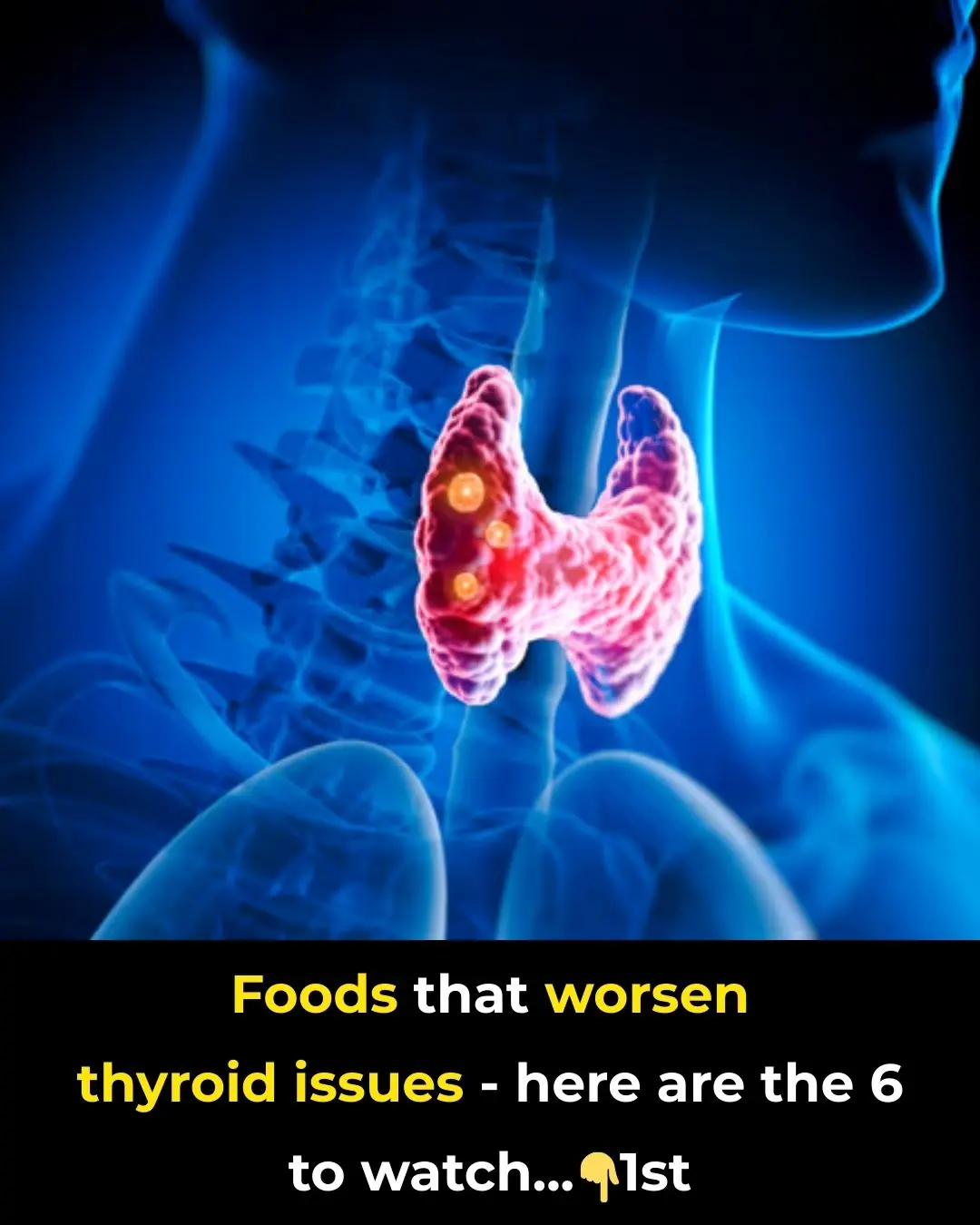
Chewing Gum Releases Microplastics Into Saliva – Even Natural Gums Are Not Safe, Study Finds
Chewing Gum Releases Microplastics Into Saliva – Even Natural Gums Are Not Safe, Study Finds
In a surprising new discovery, researchers have found that chewing gum may be a hidden source of microplastic exposure. A pilot study presented at the American Chemical Society’s Spring 2025 meeting reveals that both synthetic and so-called "natural" chewing gums can release hundreds to thousands of microplastic particles into human saliva during regular chewing.
This breakthrough study was led by scientists from the University of California, Los Angeles (UCLA), who found that the simple act of chewing a single piece of gum can release up to 3,000 microplastic particles into the mouth—depending on the gum's composition, brand, and size. This adds chewing gum to the growing list of everyday consumer products that may contribute to microplastic ingestion.
What Are Microplastics and Why Do They Matter?
Microplastics are tiny plastic particles less than 5 millimeters in size. They come from various sources, including the breakdown of larger plastic items and the shedding of synthetic materials. In recent years, microplastics have been detected in oceans, drinking water, food, and even human blood and organs.
While the long-term health effects of microplastics are still being researched, scientists are increasingly concerned about their potential to cause inflammation, disrupt hormones, and damage organs. Because these particles do not biodegrade, they can accumulate in the body over time.
Chewing Gum: A Surprising Microplastic Source
According to the UCLA study, microplastics are not only found in plastic bottles or synthetic clothing—they are also hiding in products many people consume daily, including chewing gum. The research, led by Professor Sanjay Mohanty, revealed that chewing gum made with synthetic polymers such as polyethylene and polystyrene sheds particles due to the mechanical force of chewing. Enzymes in saliva do not break down these plastics. Instead, chewing action physically loosens the particles from the gum base.
Even more surprising was the finding that natural gums performed no better. Though often marketed as cleaner or safer alternatives, natural gums were also shown to release microplastic-like particles during chewing. This suggests that the definition of “natural” in gum products may be misleading or that even natural substances may be treated with or exposed to plastic materials during manufacturing.
What Can Consumers Do to Reduce Exposure?
While researchers emphasize that more studies are needed to fully understand the health impacts of ingesting microplastics, they recommend minimizing unnecessary exposure whenever possible. For gum lovers, this doesn’t necessarily mean giving up chewing gum altogether. Instead, consider these practical tips:
-
Chew less frequently: Reduce how often you chew gum throughout the day.
-
Chew longer per piece: Instead of switching to a fresh piece every hour, try chewing each piece for longer durations.
-
Look for alternative products: Research brands that use truly biodegradable or plastic-free gum bases (though be aware that labeling can be misleading).
-
Support transparent brands: Choose companies that disclose full ingredient lists and manufacturing processes.
A Wake-Up Call for the Gum Industry?
This study is not just a wake-up call for consumers, but also for manufacturers and regulatory bodies. With growing awareness of plastic pollution and its presence in the human body, this research puts pressure on the chewing gum industry to innovate and move toward safer, non-plastic alternatives.
Professor Mohanty and his team are continuing to study the long-term implications of microplastic exposure from various consumer products. Until then, being informed and making conscious choices is the best step individuals can take to protect their health.
Final Thoughts
Microplastics are now a recognized threat to human health and the environment, and their presence in something as seemingly innocent as chewing gum underscores how widespread the issue has become. Whether you’re an occasional gum chewer or a daily user, this study offers an important reminder: it’s time to rethink the products we put in our mouths and demand better transparency from manufacturers.
News in the same category

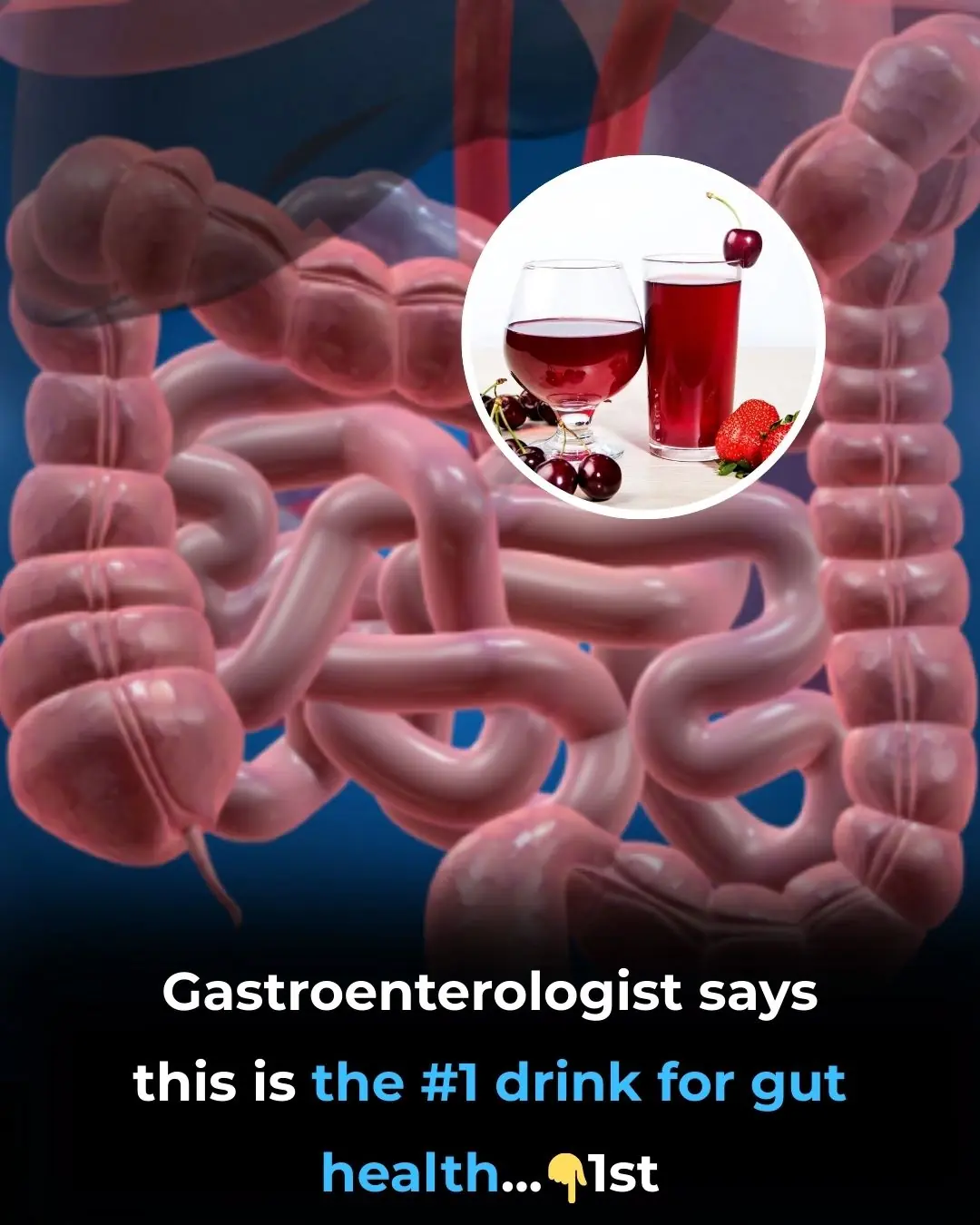
Gastroenterologist says this is the #1 drink for gut health

Top 5 drinks to INSTANTLY improve leg circulation and blood flow
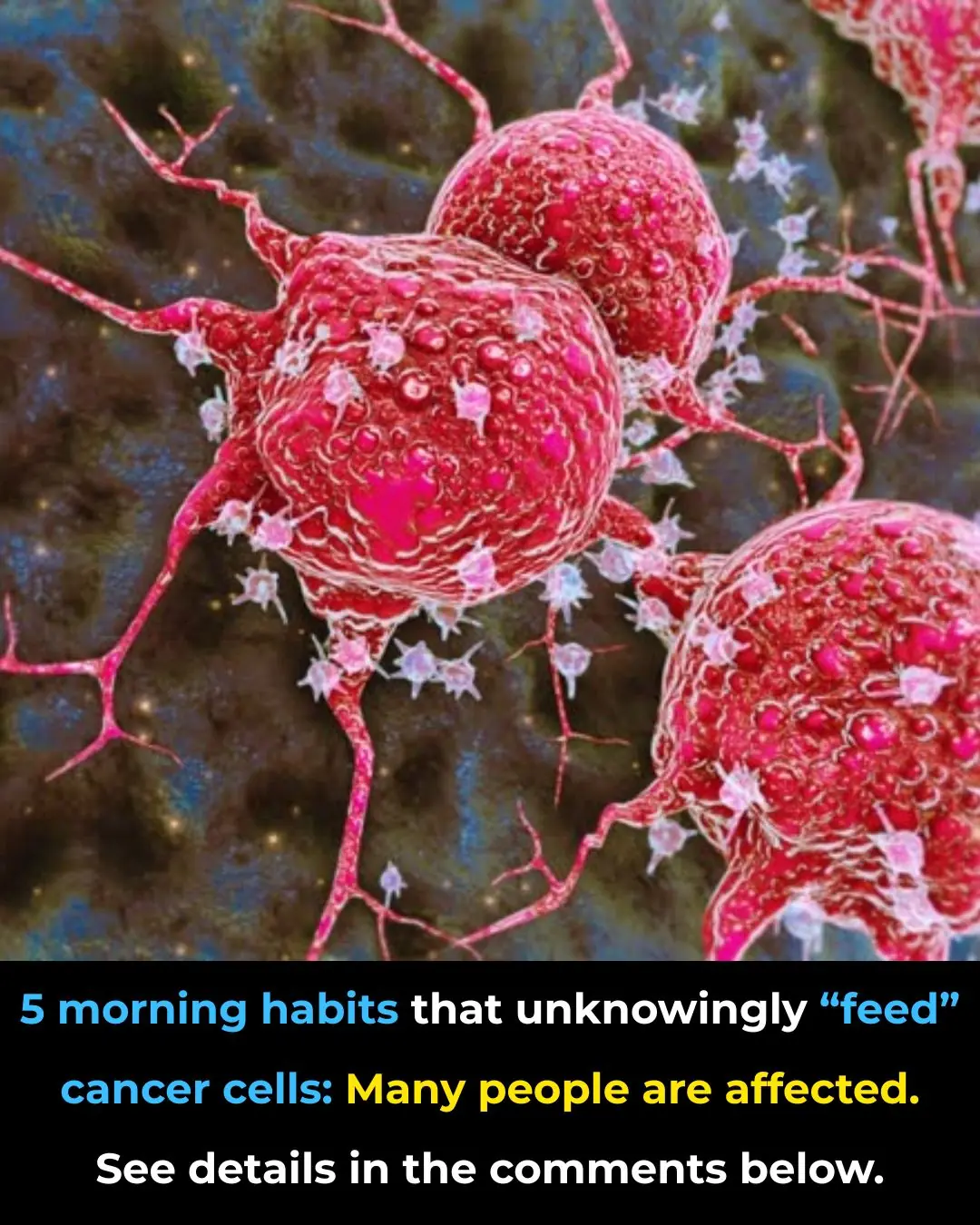
Five Morning Habits That May Quietly Increase Cancer Risk

Natural Home Remedies for Cough and Sore Throat
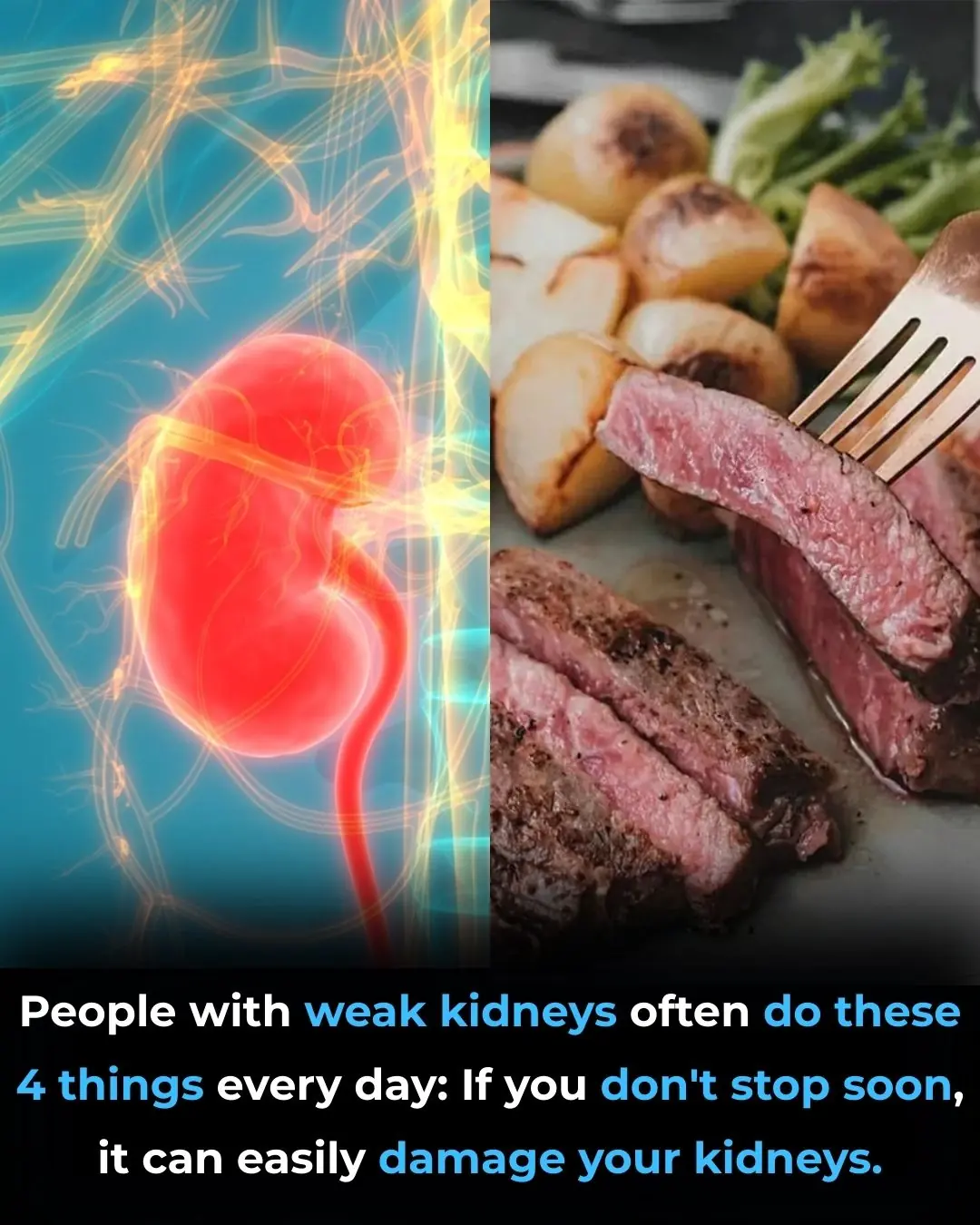
People with weak kidneys often do these 4 things every day: If you don't stop soon, it can easily damage your kidneys

I spent a couple of nights at my friend’s previous apartment and saw these unusual bumps
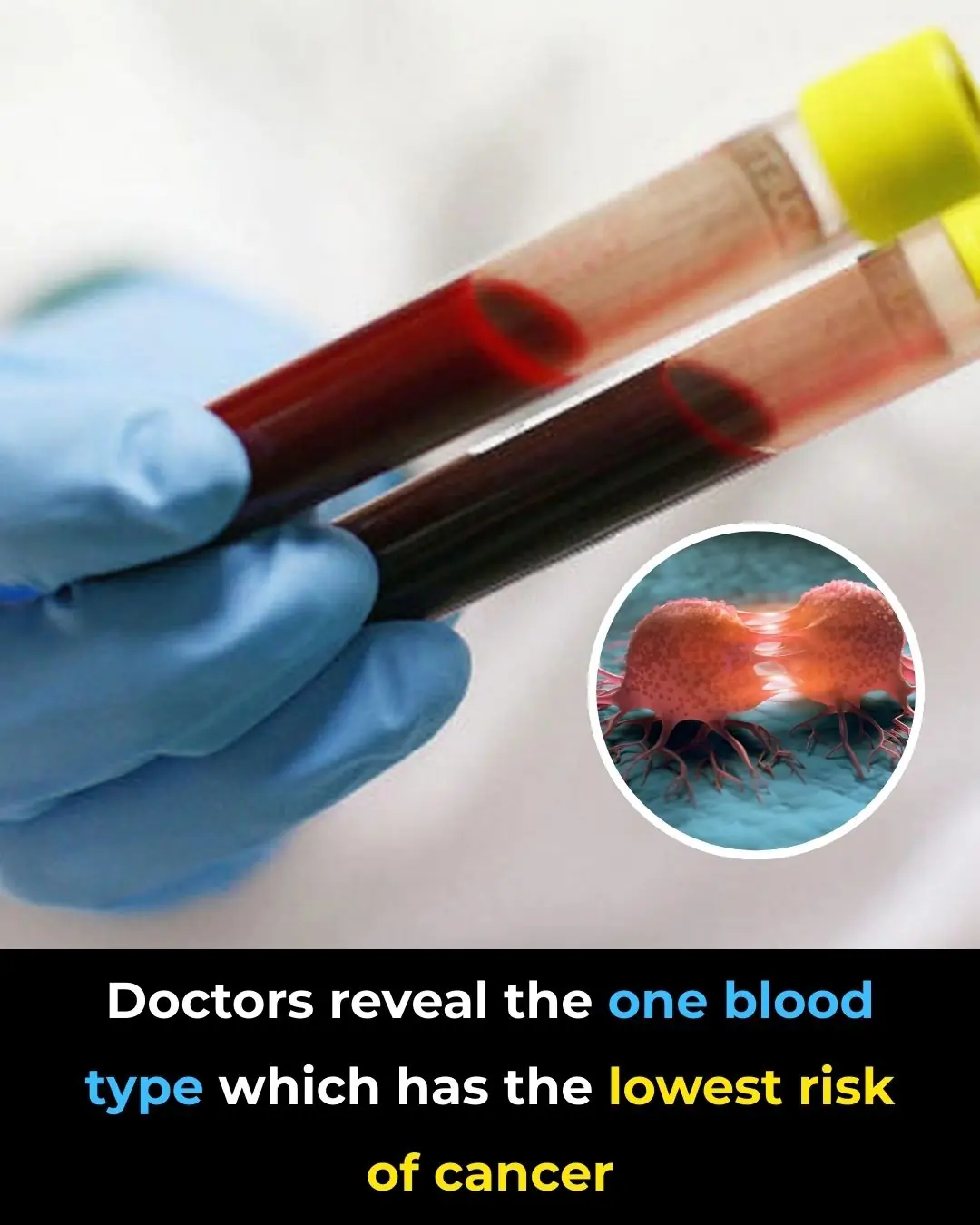
Understanding the Link Between Your Blood Type and Health
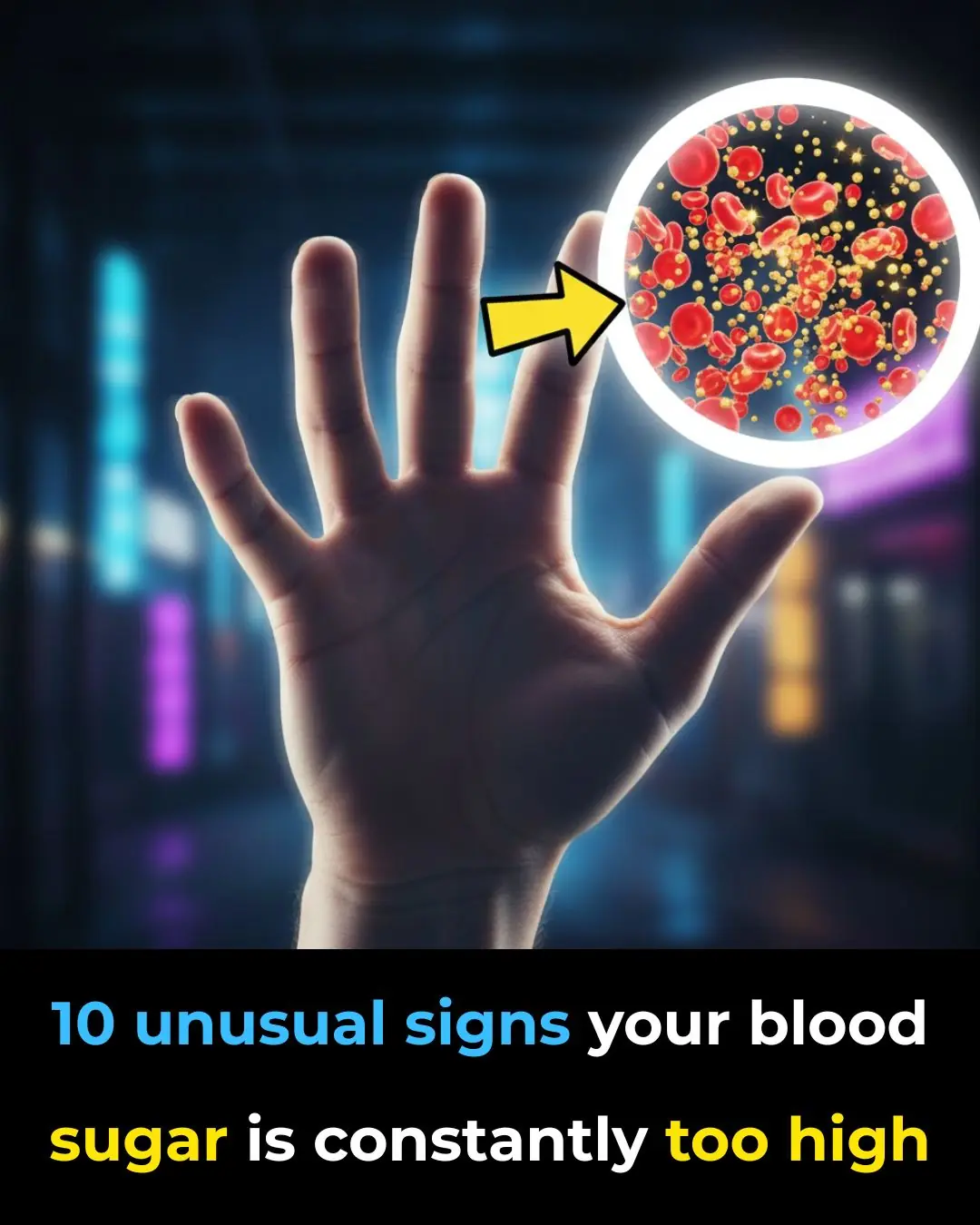
10 Unusual Signs Your Blood Sugar Is Constantly Too High

Five Simple Drinks That Help Eliminate Uric Acid and Prevent Gout Flare-Ups
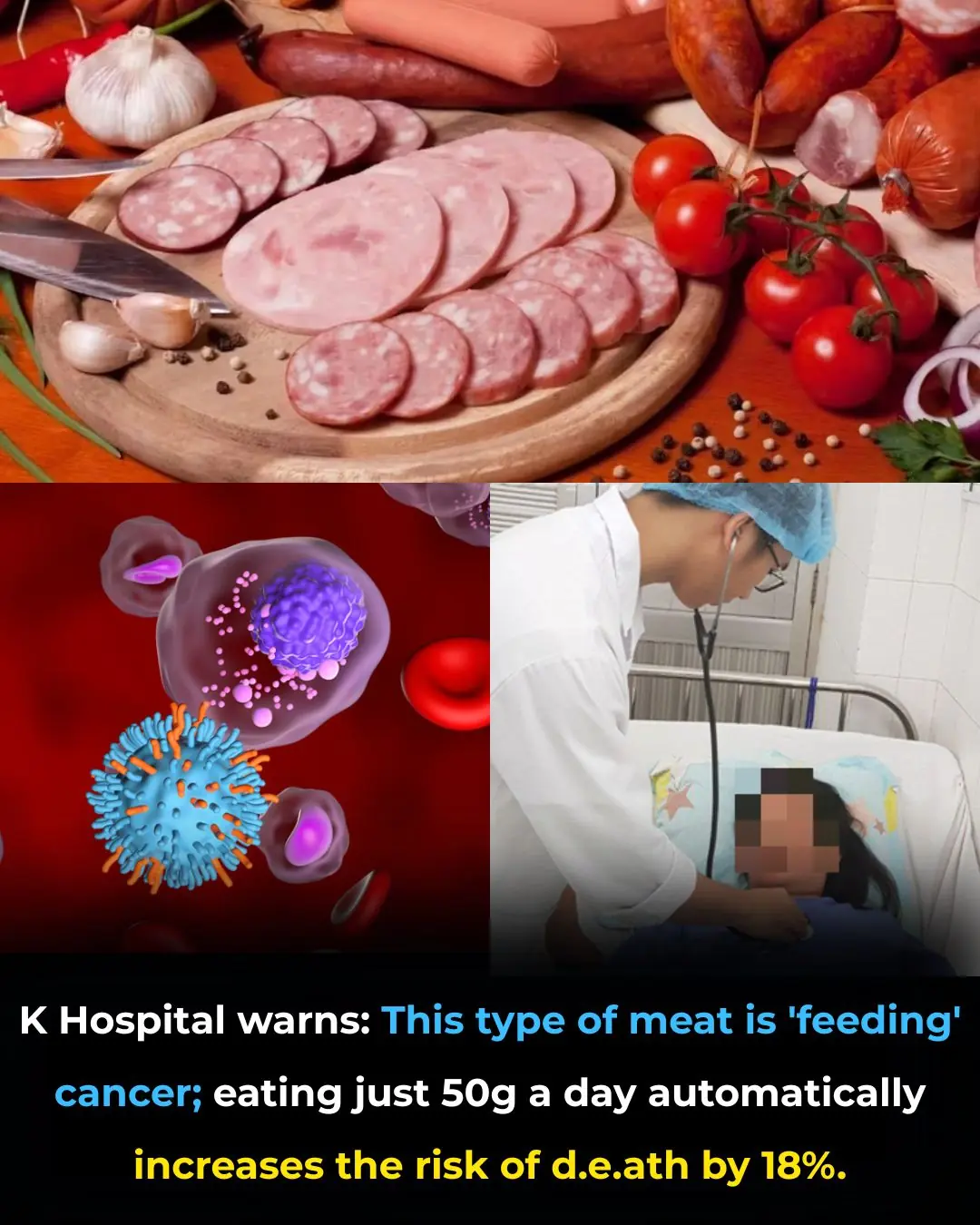
Red and Processed Meat Consumption Increases Cancer Risk, Experts Warn

The Hidden Dangers of Eating Leftover Food Stored Overnight

Two Rare Neurologic Disorders Added to US Newborn Screening Panel

Intensive Long-Distance Running and Colon Health: Emerging Evidence of Increased Risk for Advanced Adenomas

After Many Years of Practice, Doctors Noticed Six Common Morning Habits Among Cancer Patients
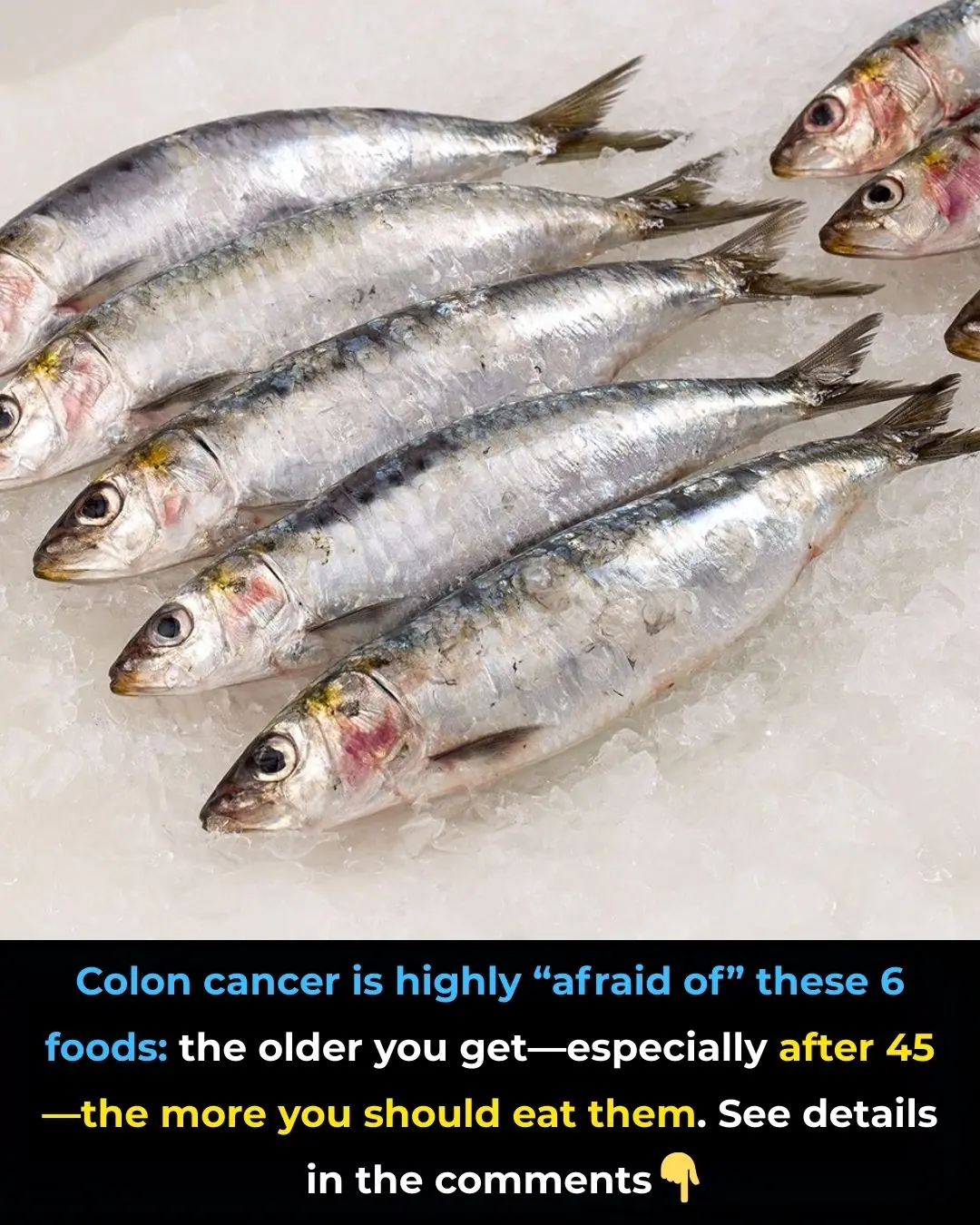
Six Foods That May Help Prevent Colorectal Cancer — Especially After Age 45
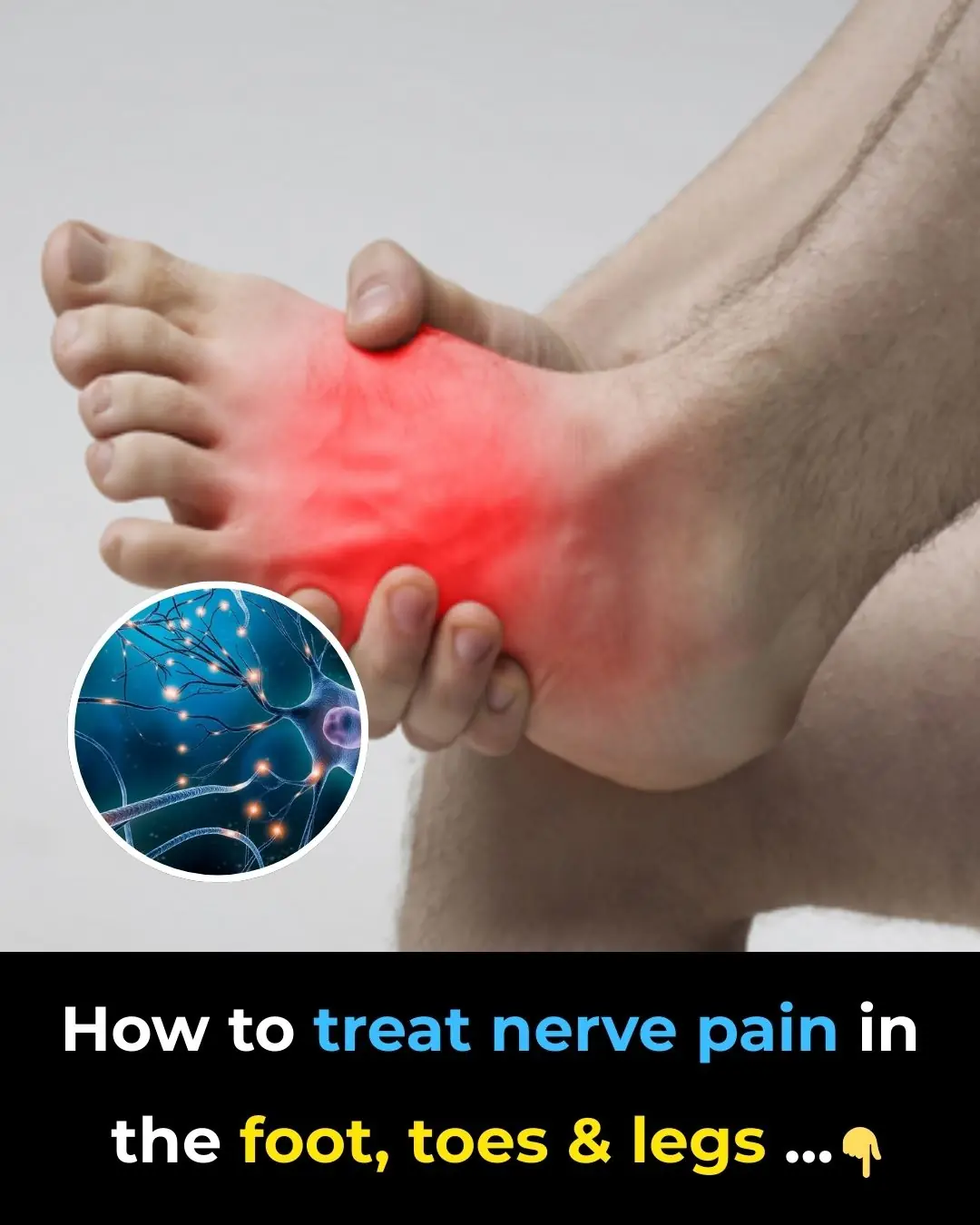
How to treat nerve pain in the foot, toes & legs

Why Your Legs Cramp At Night And How To Stop It From Happening
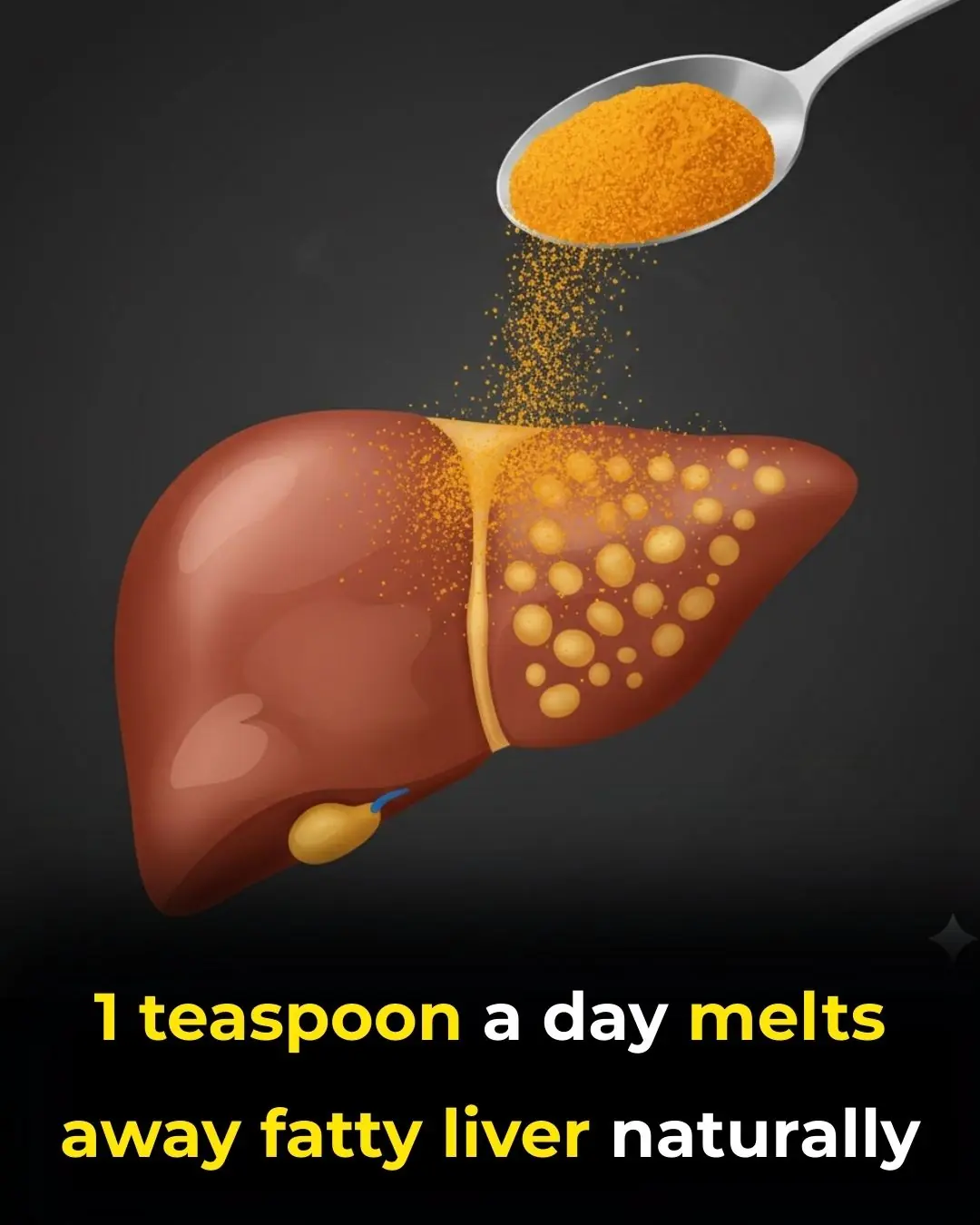
1 teaspoon a day melts away fatty liver naturally
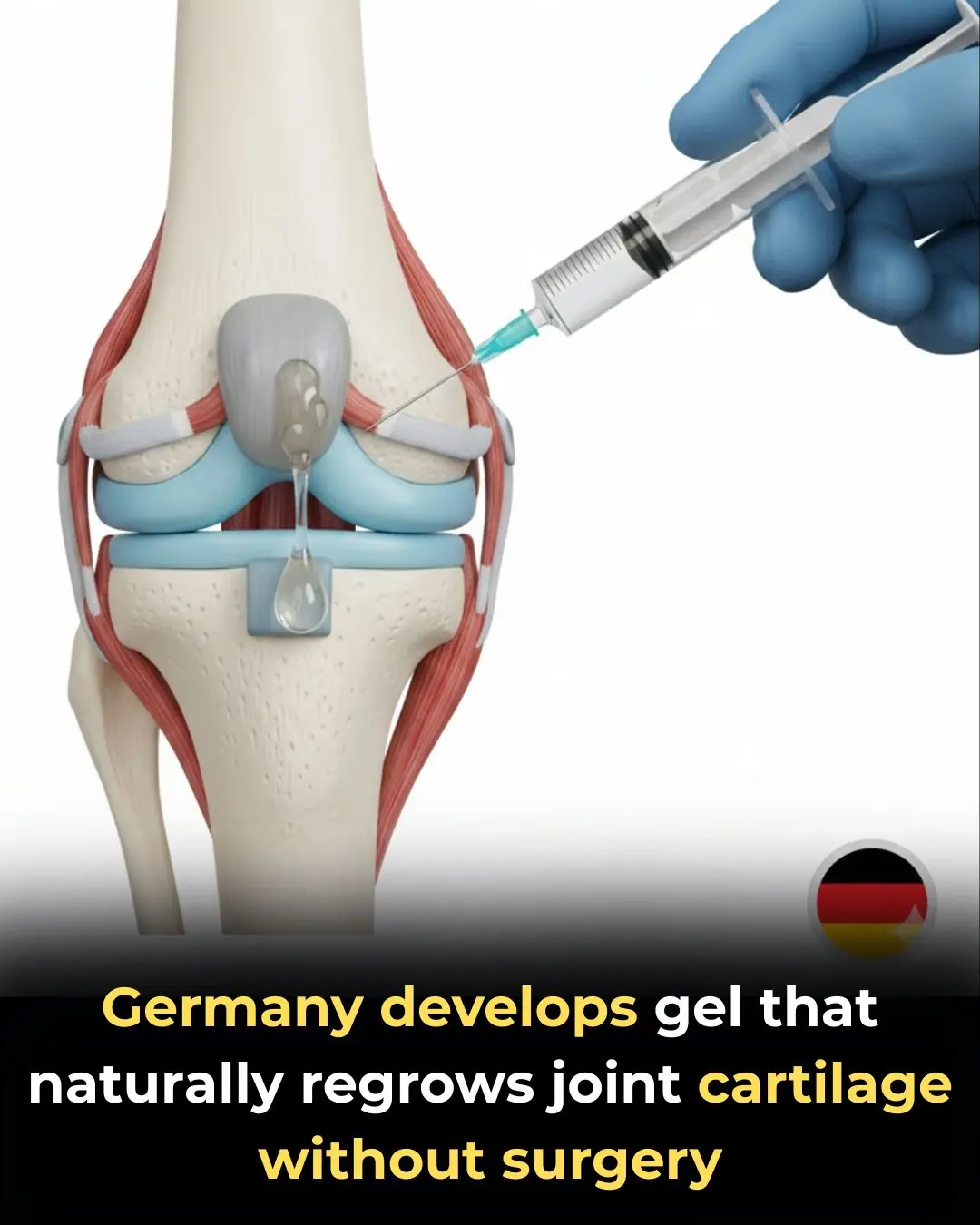
Revolutionary science is changing how we treat joint damage.
News Post

Quick thinking action by hero father saved ten lives in Swiss fire after call from daughter

6 Foods You Absolutely Need To Avoid If You Suffer From a Thyroid Disorder

Gastroenterologist says this is the #1 drink for gut health

Top 5 drinks to INSTANTLY improve leg circulation and blood flow

Curtis Allen Makes History: First HBCU Player to Win the Harlon Hill Trophy 🏈

Woman d!es in suspected mountain lion attack in US state's first deadly encounter since 1999

Triple Success: Belcher Triplets Graduate Summa Cum Laude 🎓📚

Dutch Citizens Take Legal Action Against Global Figures Over mRNA Vaccines

DOJ fails again to get grand jury to indict New York AG Letitia James, a Trump target

North Dakota Little Caesars Goes Viral for Inviting Hungry Strangers Inside After Trash Can Incident

Five Morning Habits That May Quietly Increase Cancer Risk

Jeff Bezos Warns Earth Has No Plan B, Calls for Moving Heavy Industry Into Space

South Florida Lifeguard Declines Job Offer After Rescue Controversy

Joe Budden Says He Feels Diddy 'Didn't Get Enough Time' in Prison After Watching Netflix Doc

GRAMMY-Winning Star Jekalyn Carr Sells Out First Signature Doll in One Hour

NBA Great Allen Iverson Backed an Affordable Housing Project in Virginia — And It's Moving Forward

White Clover (Trifolium repens): Benefits and Uses

Peter Greene, Pulp Fiction and The Mask Actor, Dies at 60

Discover the Surprising Nutritional Powerhouse: 10 Benefits and Everyday Uses of Purslane
